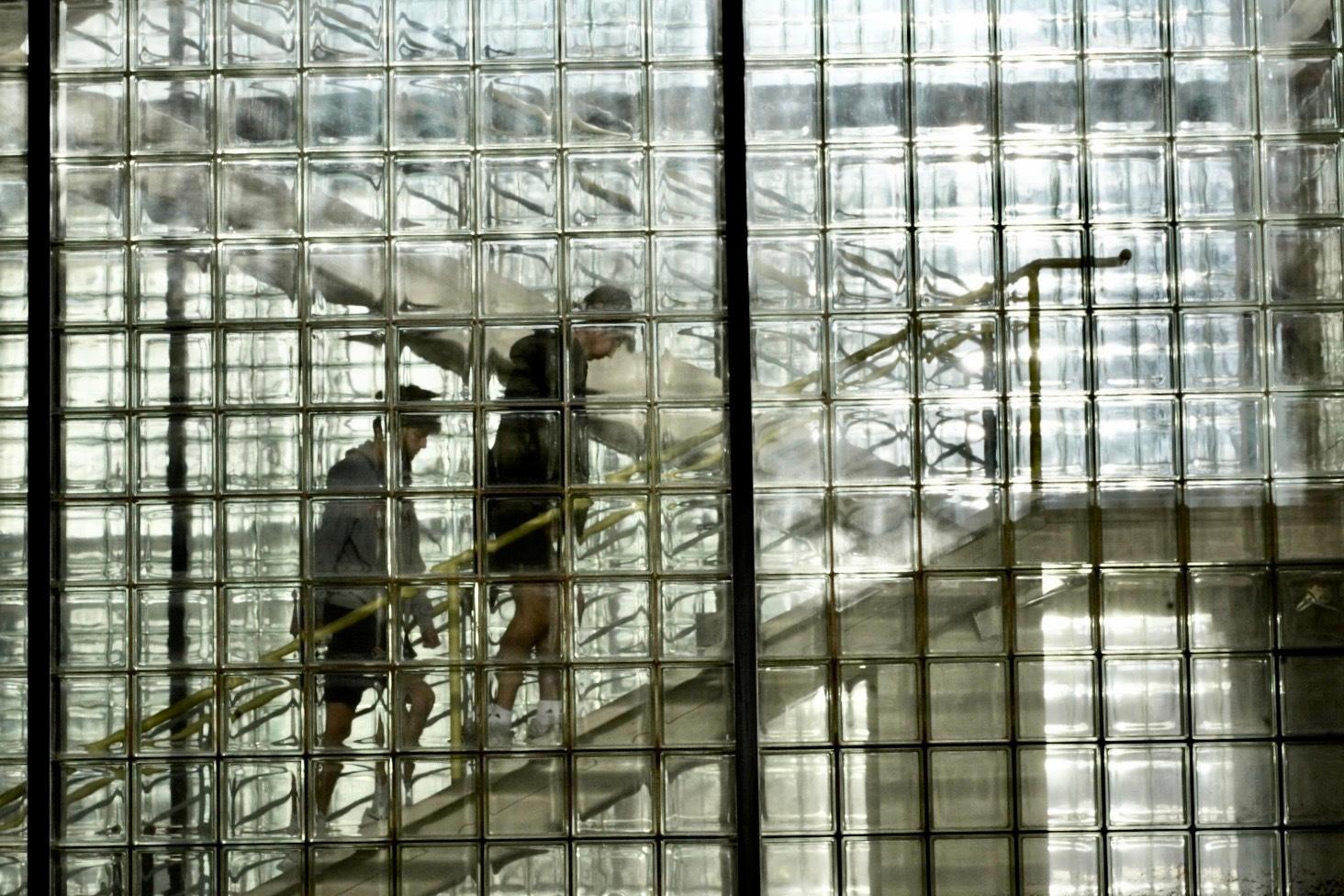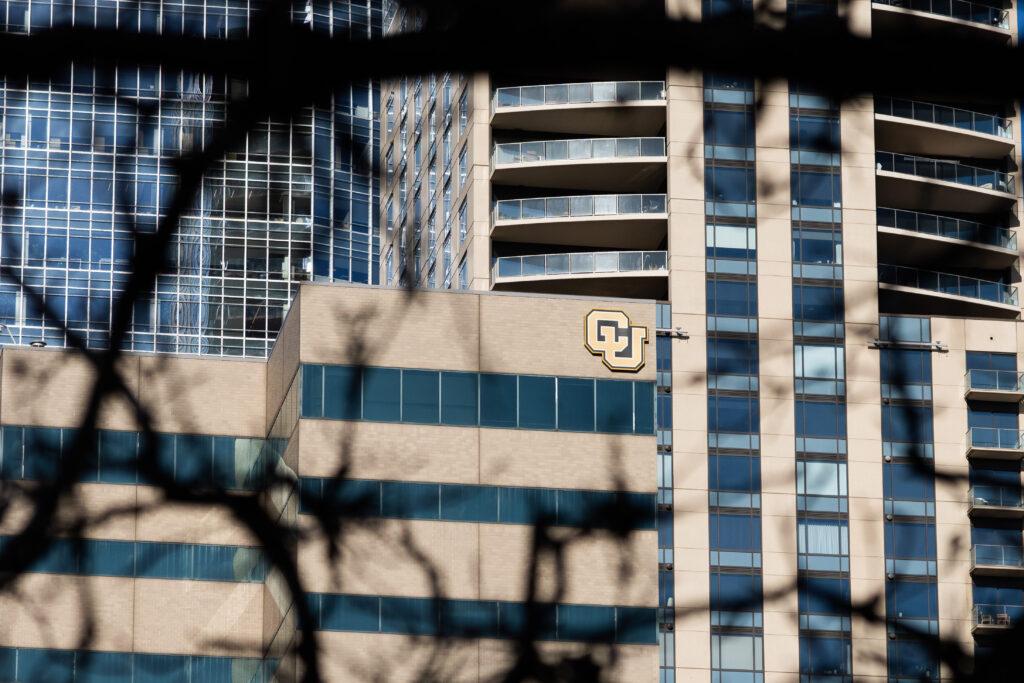
In the first round of cuts to shore up a $12 million deficit at the University of Colorado Denver, university officials say no full-time employees will lose their jobs.
Leaders have also already rejected proposals to cut student employment and internship opportunities and to reduce or eliminate summer classes.
“We're placing an enormous priority on our people,” said Chancellor Michelle Marks. “And so, what you will not see is significant layoffs through this process.”
That’s the good news, but faculty and staff at the University of Colorado Denver are still nervous as they await the college’s final decisions.
Some say they’re already reeling from overwhelming workloads as positions aren’t replaced.
Post-pandemic enrollment drops, state disinvestment in public colleges, inflation rising at the fastest pace in 40 years, and a commitment to raising staff salaries have all left the university with a “structural deficit” — a fundamental imbalance in the money coming in and the money going out.
Financial pressures aren’t just on CU Denver. Budget cuts, high tuition, shifting public views on the value of higher education, and a declining birth rate mean rocky waters ahead for institutions across the country.
It’s worse in Colorado. More than 75 percent of CU Denver’s budget comes from tuition and fees, while less than 15 percent comes from state funding. Administrators say, as a relatively young institution, CU Denver doesn’t have the depth of alumni donors and support as many other Colorado institutions.
Last fall, CU Denver began an 18-month period of budget cutting and realignment. It must cut 4 percent from administration and 3 percent from colleges and schools. Those will be announced in April and enacted by the end of June. Then the university will have another round of cuts for the next fiscal year — again, 4 percent from administration and 3 percent on the academic side.
“There’s no easy wins here,” said Marks.
More than 160 cost-cutting ideas from across campus were submitted to administrators. Then began an extensive process of consultation with faculty leaders and more than 10 campus-wide budget information and Q and A sessions.
“These are incredible times and to say anything else would be not to be stating the truth,” Marks said at a recent budget information session. “That said, I have witnessed, especially in the last month, the care that this community has in helping us figure out a way forward.”
The university vows to make cuts without impinging upon priorities including student success, staff, diversity, equity and inclusion, and being good stewards of taxpayer dollars.
Some of the initial ideas include early retirements, eliminating vacant positions, eliminating certain software contracts, and reducing travel for professional development. In the initial rounds, no jobs will be cut for full-time employees.
“There’s not a search or a hunt for a group of individuals,” said executive vice chancellor of administration and strategy Jennifer Sobanet. “We're looking at operating costs, we're looking at things like that. So, the goal has really been from Day One:to do as little harm as possible to our employee base and also to our student success.”
She said there will be a lot of creative change that will involve many staff members.

Faculty are worried because already, when faculty or staff leave or take early retirement, they aren’t being replaced.
This is ramping up pressure and burden on those who remain. At the same time the university has a goal to increase the student population by 10,000 and to make it more diverse.
“Larger class sizes and heavier teaching loads is not a good way for us to teach a more diverse student body inclusively and equitably,” said associate professor Jamie Hodgkins.
Faculty fear course consolidation, fewer courses and the elimination of free technology for students is coming. They also fear for their own jobs.
"At the end of the day, I'm wondering if I'm getting invited back next year and I think about that every day," said Wendy Bolyard, clinical associate professor.
Some report seeing increasing numbers of students coming to them for course advising or mental health issues because there are not enough of those specialists on campus.
“We’re increasingly having to do things we’re not qualified, trained and are not compensated for and it feels very demoralizing,” said assistant professor Christine Sargent.
Student leader Paul Nelson is worried that if faculty is spread too thin with large class loads, it will hamper the ability to attract students.
“The very means by which we bring in students is harmed … It’s starving the engine. There has to be a focus on protecting those who are doing the work that drive the university,” he said.
"We're seeing an increased reliance on overworked and underpaid and under-supported adjunct faculty who are being put in increasingly unsustainable working conditions,” said one lecturer. “I really have a hard time giving as much to my students as I know they deserve.”
University officials said there have been eight retirements so far this calendar year.
The faculty turnover rate between January last year and this year was 11 percent. Nationally, that figure runs between 5 and 7 percent, depending upon tenure status. CU Denver’s staff turnover rate of 18 percent is in line with the national rate.
The union for instructional faculty and staff at all four University of Colorado campuses has several of their own proposals, including keeping cuts away from those who work directly with students, instituting an immediate hiring freeze for upper administrative positions and administrative support staff, delaying expansion projects, and salary furloughs for upper administration.
The union calculated that nearly 50 people in upper administrations cost the university $10.4 million in salaries, which is an average salary of $212,245. In contrast, more than 700 faculty and staff positions cost less than $48 million, and the average salary is $67,605.
Union members say their proposals for cost-cutting are in line with the university’s goals such as being the first "equity-serving institution" in the nation, becoming internationally known for research and creative work, and serving as the anchor intuition for an open innovation district in downtown Denver.
University officials say compensation at CU Denver is comparable to other institutions in the region. The institution is in the process of a major analysis of job families now, to make compensation as fair and competitive as possible.

Is the upper administration too big? It depends if you’re looking at the right data.
The “chop from the top” strategy some faculty are calling for stemmed from a widespread feeling last fall that the university had administrative bloat. Some faculty alleged the budget for institutional support grew 36 percent over the past several years.
It turns out, “institutional support” is an accounting term used across the nation by universities, and is a very large bucket that includes IT support, maintenance, human resources, business services, administration and more. So, the university analyzed just administrative positions from 2018 through earlier this year, roughly the time of Chancellor Mark’s tenure.
“What we have found is the number of positions has remained flat at 49 positions at that assistant vice-chancellor and above,” said Jen St. Peters, associate vice chancellor for budget. “Schools and colleges – for that assistant dean and above – have actually decreased over the same period of time.”
Twenty percent of administrators at CU Denver are shared with CU Anschutz, which makes it difficult to make comparisons with other universities. Among urban-serving universities, the average number of top administrators is nine, according to one study. CU Denver has seven, CSU has 11, and DU has 12.
One cost calculator that measures administrative expenditures per student for day to day executive operations of the institution shows CU Denver/Anchutz with much higher administrative costs than other CU campuses. It doesn’t include student services or administration of academic departments.
Some faculty, however, remain frustrated that upper administrative vacancies are being filled during the budget crisis but not teaching positions. They said the education mission should determine the number and cost of administrators.
“The purpose of a university is to educate and that can't be done by cutting student-facing positions,” said associate professor Hodgkins. “The size and cost of administration should also be tied to how much external money those administrators bring in.”
But officials say many administrators left around the time of the previous chancellor’s departure. Some have to be replaced such as a top post for enrollment management, said provost and executive vice chancellor for academic and student affairs, Constancio Nakuma.
“There are compliance issues that if we are not managing them carefully will lead this institution into a lot of trouble … when you think of financial aid, without the support from the federal government, our students would be in big trouble.”
Will staff stay or go?
Tammy Hassan, who works in the dean’s office in the College of Engineering, Design and Computing, said at a recent budget information session that the uncertainty has left some faculty updating their resumes. Marks acknowledged the discomfort and frustration many staff are feeling, but hopes they stay.
“When organizations go through difficult times, and we are going through that, I hope you stick with us and be a part of figuring out how we can position ourselves to be even better at what we've been doing for 50 years.”
Disruption can also be an opportunity for growth, as the university finds new ways to operate, said Nakuma.
“You may be considering going somewhere else, but we couldn't get any better opportunity right here given what we're going through to get that growth right here. So, I would encourage you to look here for that growth that you're seeking.”
The final proposed cuts will be presented to the university community before the April University of Colorado Board of Regents meeting.









